Acro Yoga 15 Best Poses | Partner Yoga Poses [ 2025 ]
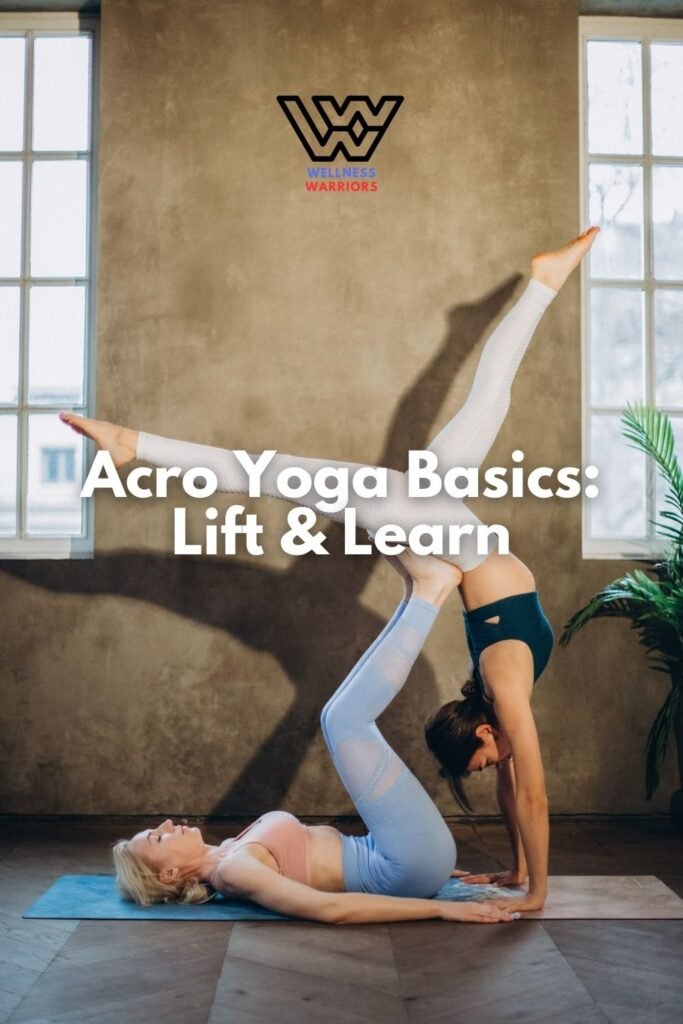
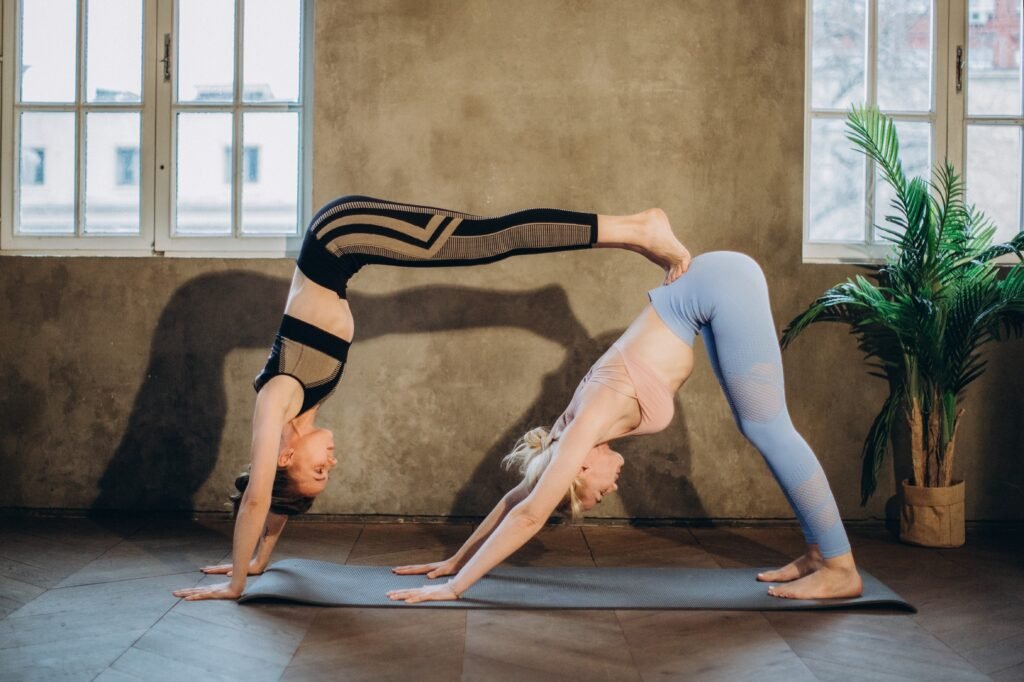

Acro Yoga poses : A Comprehensive Guide to Strengthening Connections Through Movement
It is an activity that can be defined as two-person yoga poses either with a friend , family member, or with your love one . There is a lot of couples yoga poses, and it is a fun activity that allow deep connection and a great way to socialise too .
Some poses are done in seated position, and always with a base partner.
Some others involved contact with partner’s hands.
Overall it is a lot of action and you will get a deep stretch.
In the ever-evolving world of wellness and fitness, partner poses yoga has emerged as a unique and engaging practice that combines the ancient wisdom of yoga with the power of human connection. This comprehensive guide will explore the depths of partner yoga, from its origins and benefits to practical tips and a collection of fun poses to try. Whether you’re a seasoned yogi or a curious beginner, this article will provide valuable insights into the world of partner poses yoga.
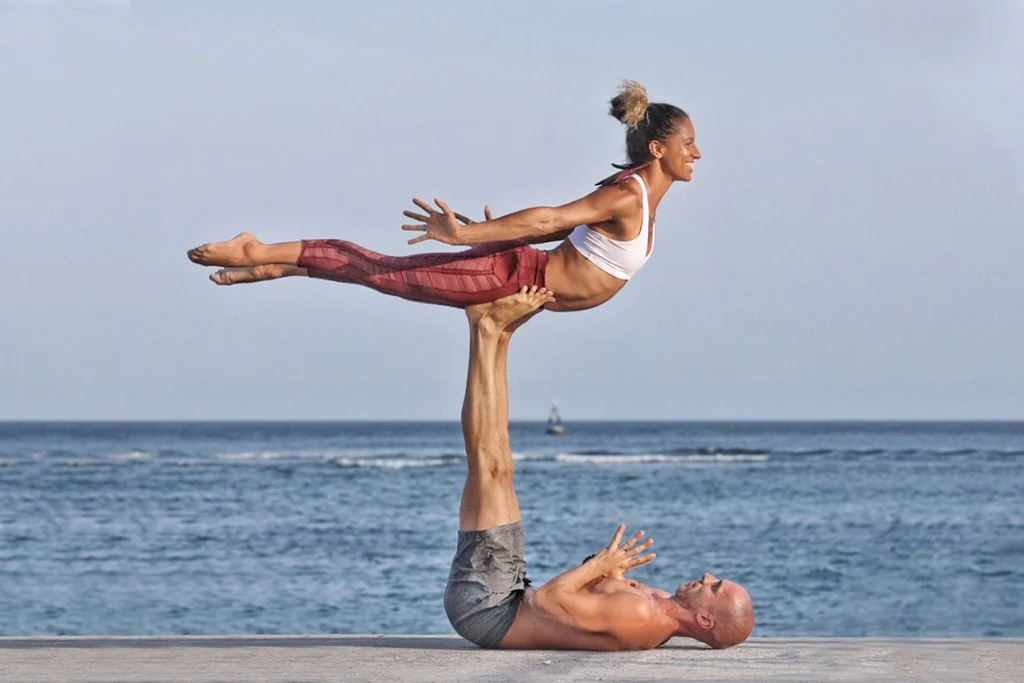
What is Partner Poses Yoga?
Partner poses yoga, also known simply as partner yoga or Acro Yoga, is a style of asana practice where two people support each other in poses to enhance postures and build trust and communication. This practice goes beyond the physical aspects of traditional yoga, emphasizing the importance of balance, body alignment, and the unique experience of sharing poses, movements, and breath with a partner.
Rooted in Tantric lineages, partner yoga focuses on using relationships as a tool for awakening to one’s true nature. The practice incorporates elements of touch, traction, and leverage, which contribute to deepening the practice and fostering self-awareness and relational balance . It’s important to note that partner yoga is not limited to romantic couples; it can be practiced by friends, family members, or even strangers, making it a versatile and inclusive form of yoga.
Find out Hips Opening Yoga Poses for a better body structure
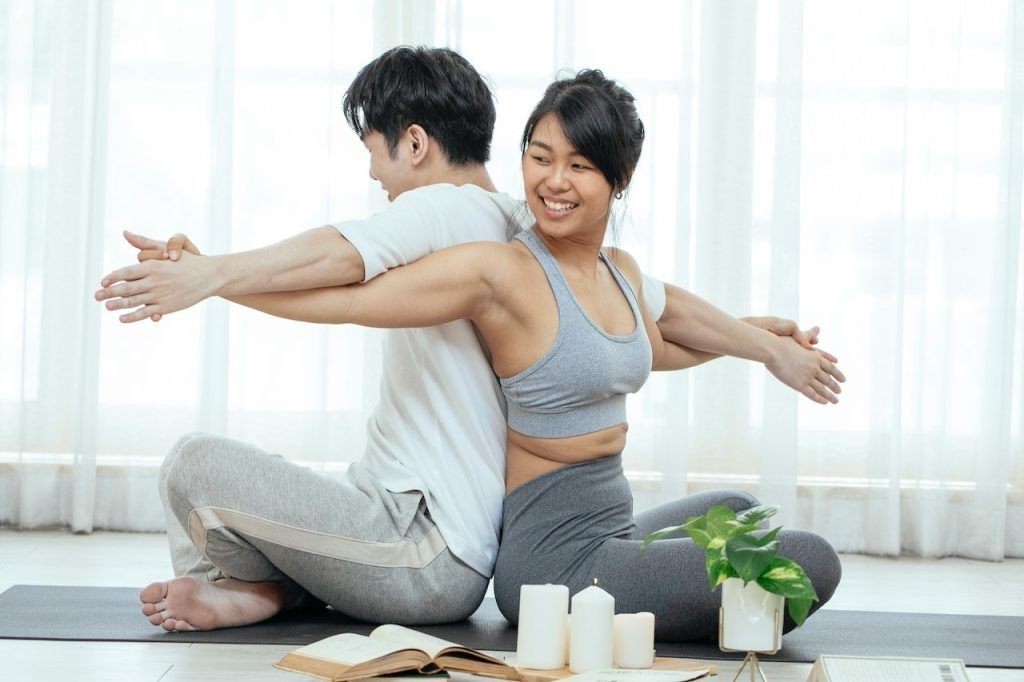
The History and Origins of Partner Yoga
The concept of partner yoga as we know it today has its roots in the broader history of yoga, which dates back thousands of years in ancient India. Traditional yoga has always emphasized unity and connection, principles that are foundational to partner yoga as well. The modern form of partner yoga began to take shape in the late 20th century, with Ganga White credited as a pioneer in this field. In 1977, White had a moment of inspiration while experimenting with yoga postures alongside fellow yogi Ana Forrest.
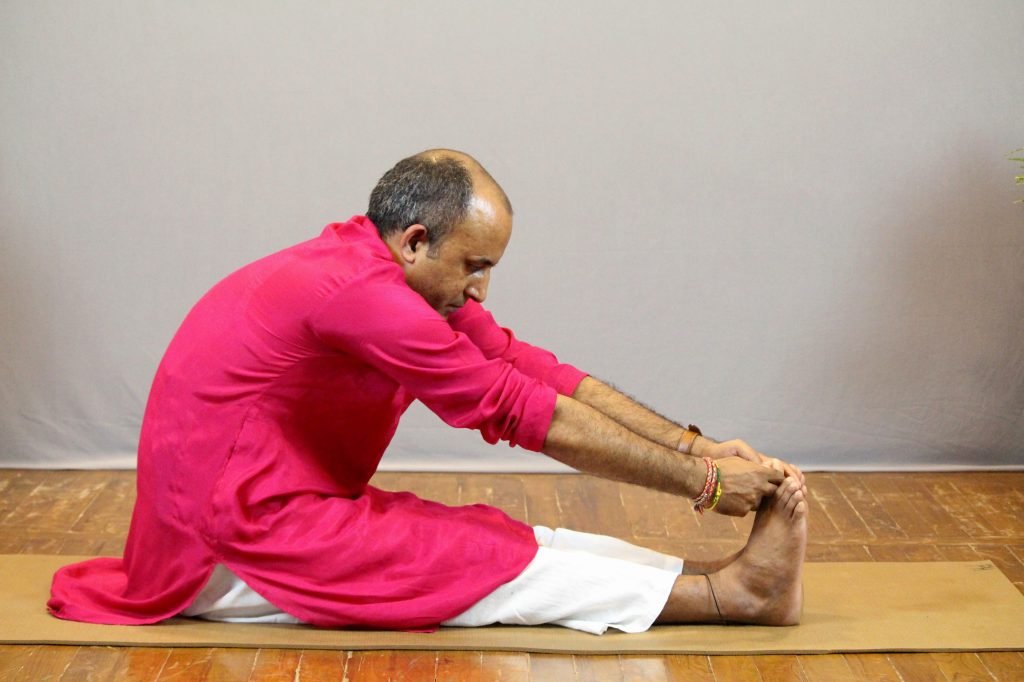
This led to the creation of “Double Yoga,” which was first published in 1980 by Penguin. White’s innovative approach involved using another person to enhance and deepen yoga postures, adding a new dimension to traditional yoga practices.
As partner yoga gained popularity, it offered a unique way to explore yoga through collaboration and connection.
The practice evolved to include elements of acrobatics and massage, reflecting a growing interest in yoga as a means of fostering connection and understanding between individuals. Partner yoga also draws inspiration from ancient Tantric traditions, which emphasize the interconnectedness of all things and the use of relationships as a tool for spiritual awakening.
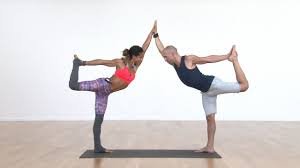
Tantra, which means “to weave,” involves integrating all aspects of life into spiritual practice. Partner yoga embodies this philosophy by using the physical and emotional connection between partners to deepen self-awareness and relational skills .Today, partner yoga is practiced worldwide and continues to evolve. It has been incorporated into various yoga styles and is often featured in workshops and teacher training programs, highlighting its growing influence in the yoga community.
The Benefits of Partner Poses Yoga
Partner poses yoga offers a wide range of physical, emotional, and relational benefits that make it a valuable addition to any wellness routine. Let’s explore some of the key advantages of this practice:
Physical Benefits
1. Enhanced Flexibility and Strength: Partner yoga allows practitioners to achieve deeper stretches and more challenging poses through mutual support, leading to improved flexibility and strength.
2. Improved Balance: Many partner poses require coordination and balance between partners, which can significantly enhance overall balance and stability.
3. Better Posture: Working with a partner can help increase awareness of body alignment, leading to improved posture both on and off the mat.
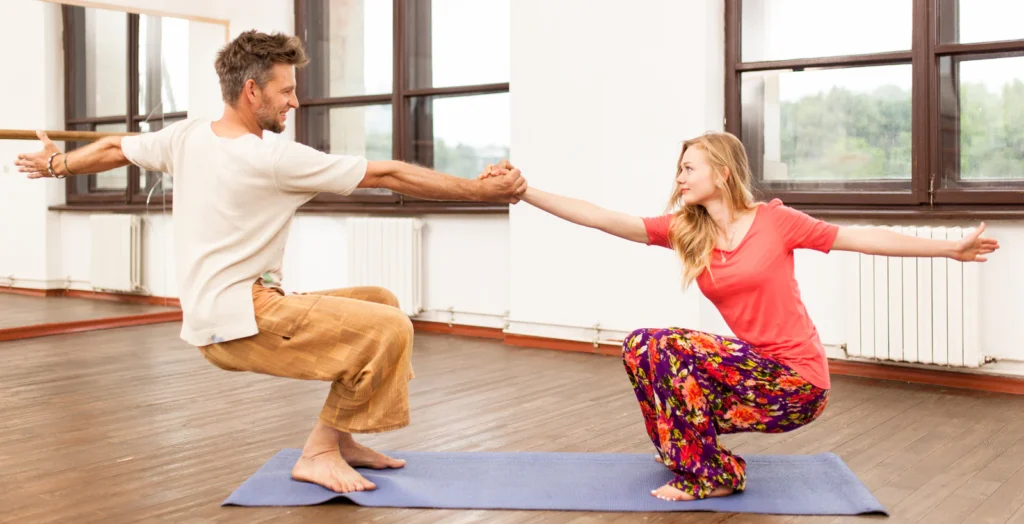
Emotional and Mental Benefits
1. Stress Reduction: Like traditional yoga, partner yoga can help reduce stress and anxiety through mindful movement and breath work.
2. Increased Mindfulness: The practice encourages a deeper state of mindfulness and presence, as partners need to be fully attuned to each other’s movements and needs.
3. Boosted Confidence: Successfully executing partner poses can build self-confidence and trust in one’s abilities.
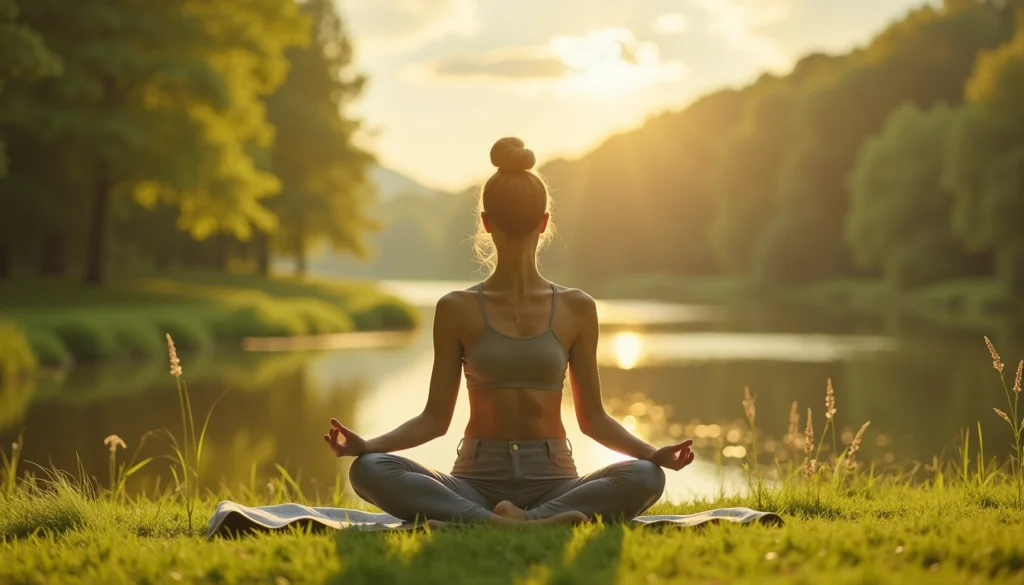
Relational Benefits
1. Improved Communication: Partner yoga requires clear and open communication, which can translate to improved communication skills in daily life.
2. Enhanced Trust: The practice builds trust between partners as they rely on each other for support and balance.
3. Strengthened Relationships: Engaging in shared activities like partner yoga has been shown to increase relationship satisfaction.
4. Fostered Sense of Community: Partner yoga creates a supportive network of practitioners, leading to lasting friendships and a sense of belonging.
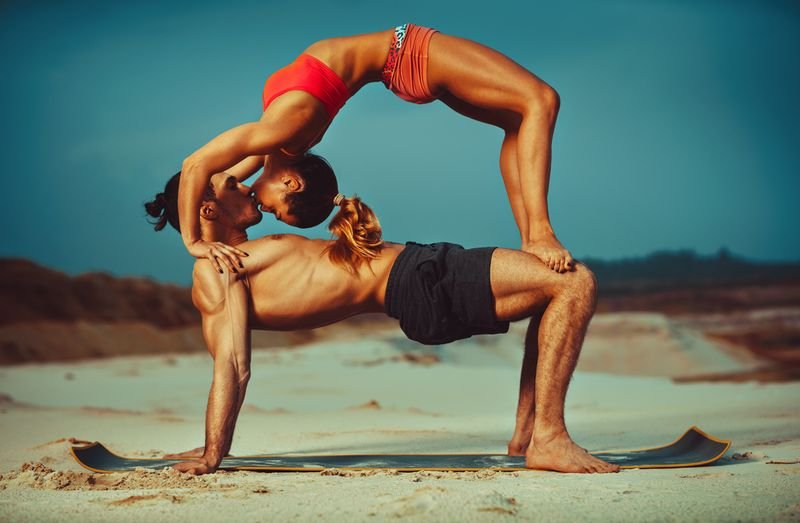
Common Misconceptions About Partner Yoga
Despite its growing popularity, partner yoga is often misunderstood. Let’s address some common misconceptions:
1. Partner Yoga is Only for Couples: This is a prevalent misconception, but partner yoga can be practiced by any two or more willing participants, including friends, acquaintances, siblings, and even parents and children.
2. It’s All About Physical Poses: While partner yoga involves physical poses, it emphasizes connection, trust, and communication between partners. It’s about using the relationship as a tool for personal growth and self-awareness.
3. You Need to Be Experienced in Yoga: Previous yoga experience is not required to participate in partner yoga. It’s accessible to beginners and can be a fun way to start a yoga journey.
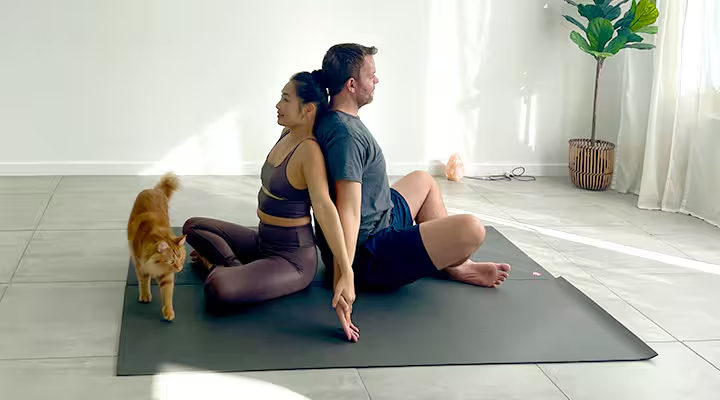
4. Partner Yoga is Not “Real” Yoga: Some critics argue that partner yoga isn’t “real” yoga because it deviates from traditional solo practice. However, partner yoga has ancient roots in Tantric lineages and shares the core philosophy of using relationships as a path to self-awareness and spiritual growth.
5. It’s Easy and Doesn’t Require Effort: While partner yoga can be enjoyable, it requires effort, coordination, and communication between partners. It challenges participants to be present and engaged, both physically and emotionally.
6. It’s Just for Fun with No Serious Benefits: Although partner yoga can be fun, it offers significant physical and emotional benefits, including building trust, improving communication, and enhancing emotional bonds between partners.
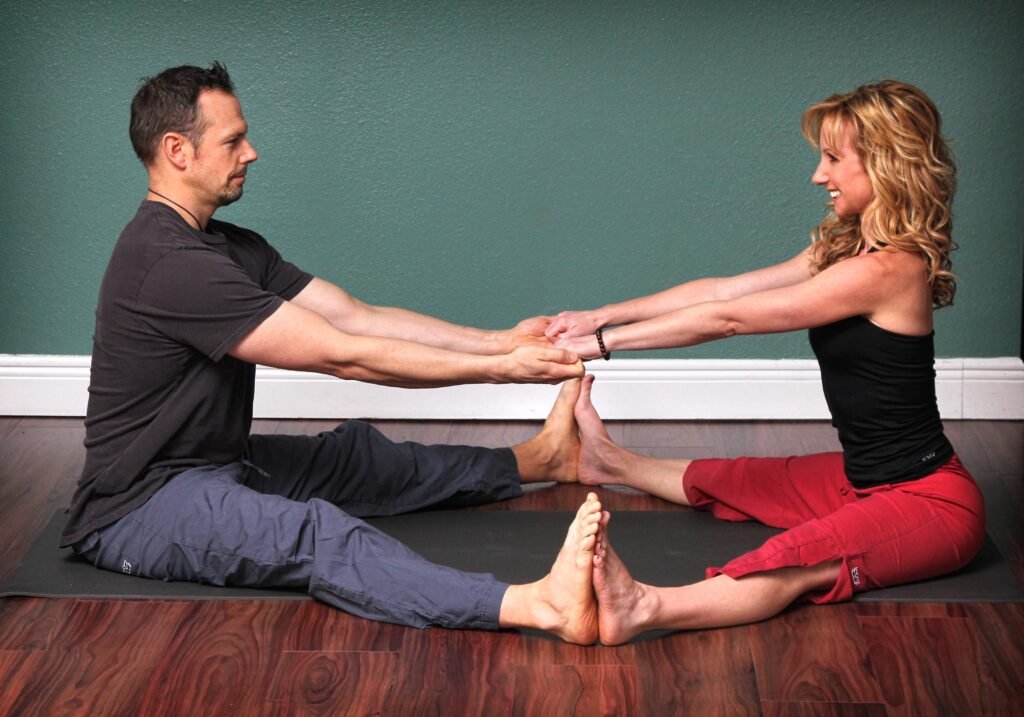
Expert Tips for Safe and Effective Partner Yoga Practice
To ensure a safe and rewarding partner yoga experience, consider the following expert tips:
1. Warm-Up Properly: Before starting partner yoga, perform gentle stretches or sun salutations to prepare your body for the poses. This helps prevent injuries and ensures that your muscles are ready for the activity.
2. Prioritize Communication: Open and clear communication with your partner is vital throughout the practice. Regularly check in with each other to ensure both partners are comfortable and supported in each pose.
3. Use Appropriate Equipment: Practice on a yoga mat or a soft surface to provide cushioning and support, reducing the risk of injury. Ensure that the practice area is safe and free from obstacles.
4. Start Simple: Begin with simple poses and gradually progress to more advanced poses as you become more comfortable with partner yoga. This allows both partners to build confidence and strength at a manageable pace.
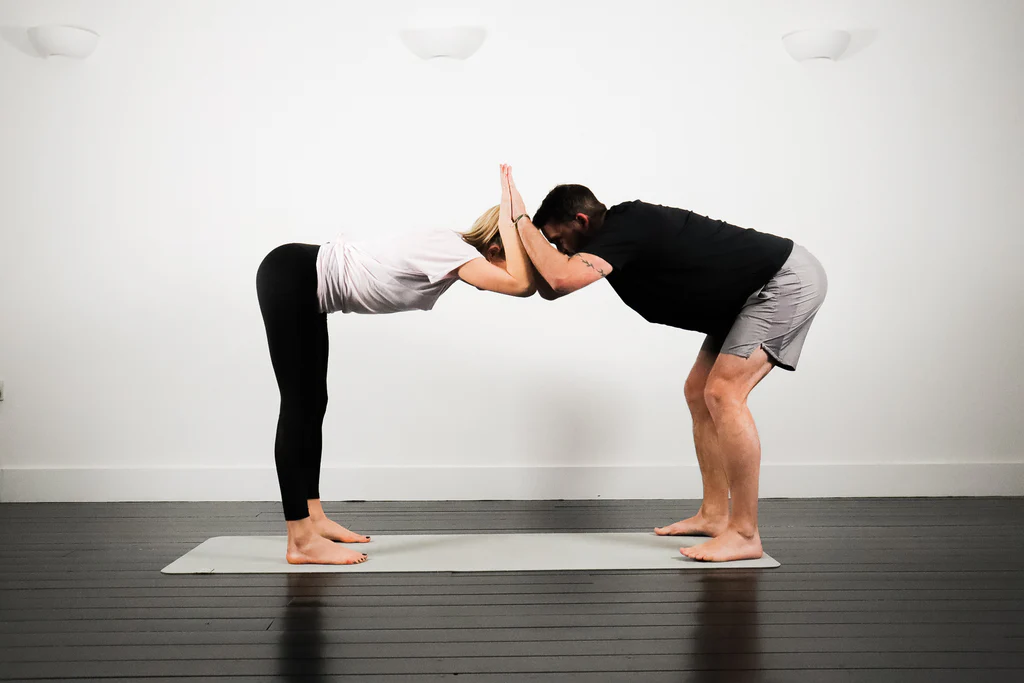
5. Respect Your Limits: Listen to your body and respect your limits. Do not push yourself or your partner beyond what feels comfortable or safe. Be mindful of each other’s capabilities and avoid overstretching or forcing poses.
6. Choose the Right Partner: Practice with a partner who is at a similar level of experience and strength. This ensures that both partners can effectively support each other in each pose.
7. Focus on Breathing: Incorporate breathing techniques (Pranayama) during partner poses to enhance connection and relaxation. Synchronized breathing can help partners stay in tune with each other and maintain focus.
8. Safety First: Always prioritize safety by ensuring that both partners are comfortable with the poses being attempted. If something feels wrong, stop and reassess the pose or technique.
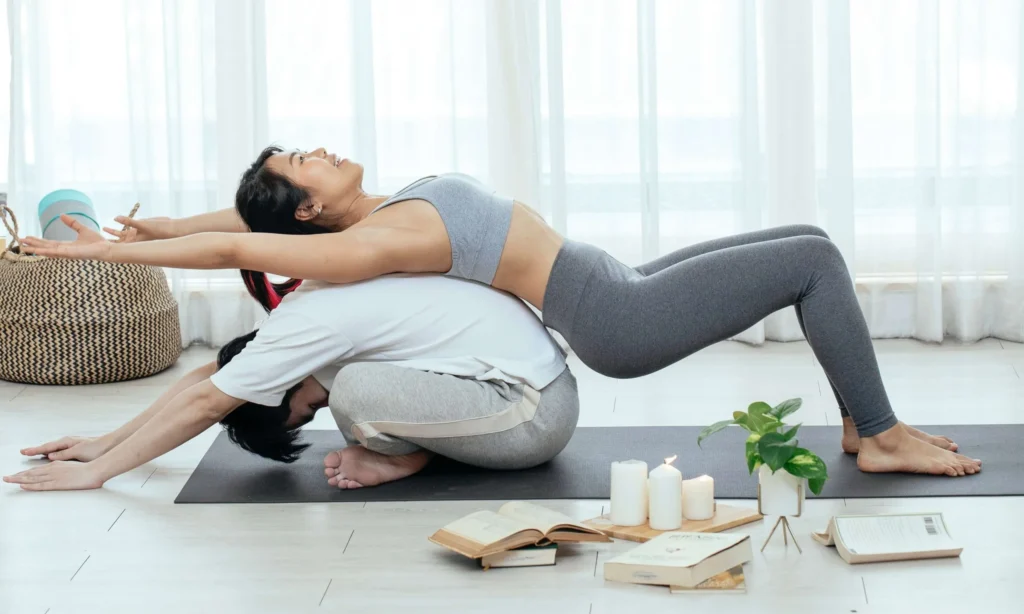
15 Funny Partner Yoga Poses to Try
Partner yoga doesn’t have to be serious all the time.
Here are 15 fun and engaging poses that you can try with your partner:
1. Partner Forward Fold: Sit or stand back-to-back with your partner and bend forward to stretch the hamstrings and back. The challenge of synchronizing your movements can lead to some amusing moments.
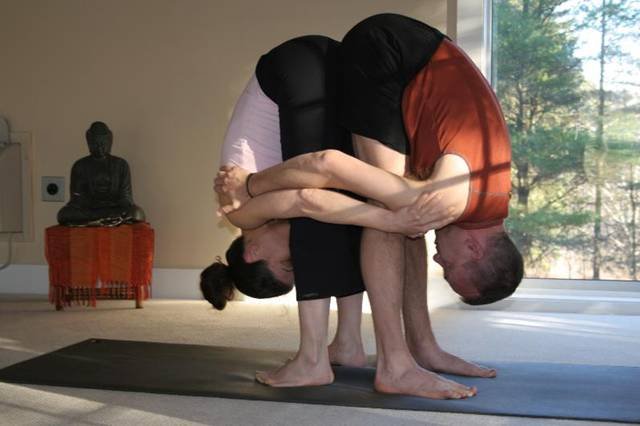
2. Seated Spinal Twist: Sit back-to-back with your partner and twist in opposite directions. The effort to maintain balance and coordination often results in laughter.
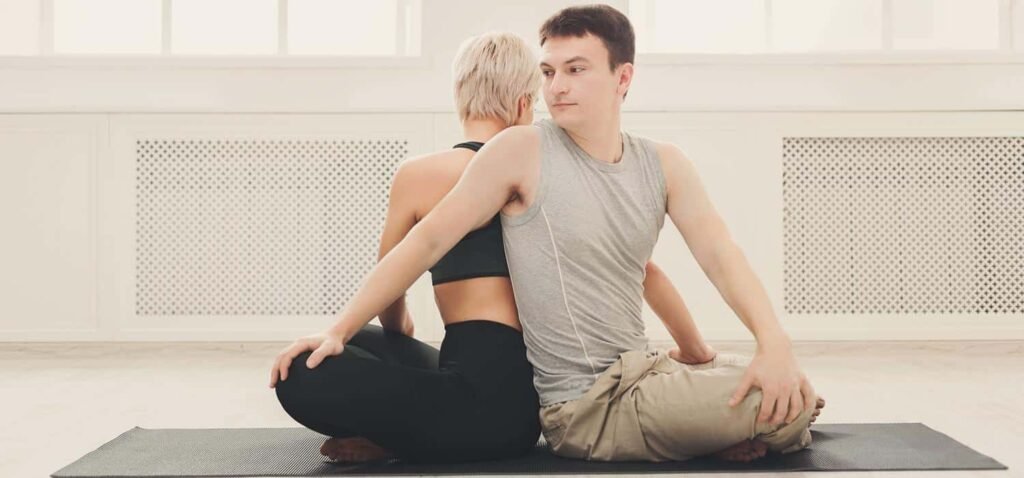
3. Double Tree Pose: Stand side-by-side with your partner and balance on one leg while supporting each other. The wobbling and adjustments required can be quite entertaining.
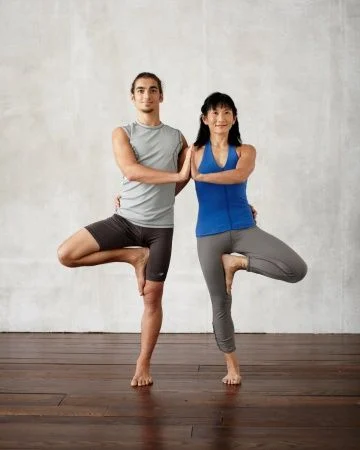
4. Temple Pose: Face your partner and lean forward until your forearms and elbows meet, creating a temple-like structure. Finding the right balance can lead to some funny moments.
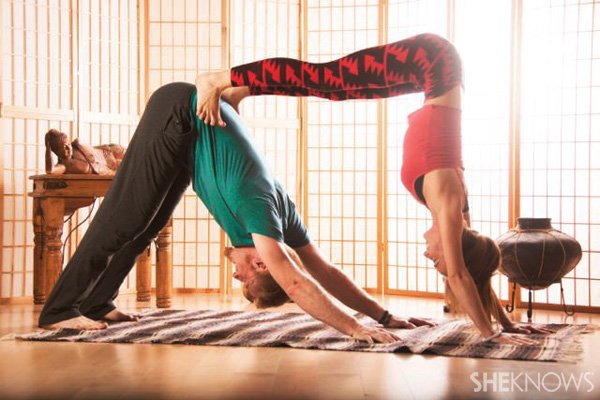
5. Partner Boat Pose: Sit facing your partner and lift your legs, pressing the soles of your feet together to form a ‘W’ shape. The coordination required often leads to giggles.
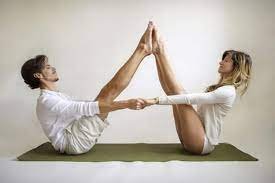
6. Supported Sukhasana: Sit back-to-back in a cross-legged position, using each other for support. Synchronizing your breath and movement can be a fun challenge.
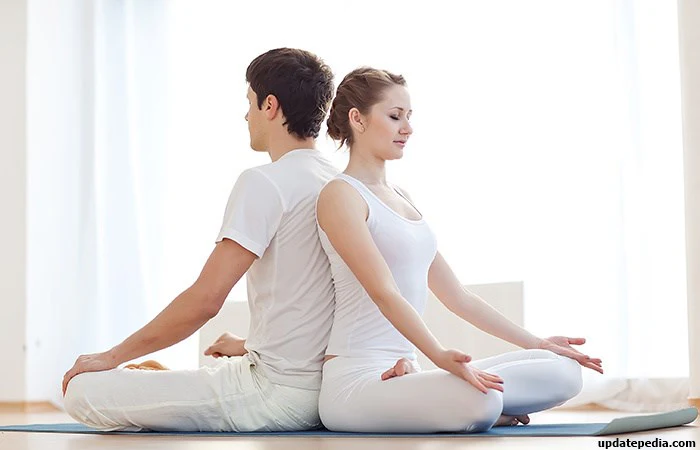
7. Facing Hero Pose: Sit facing your partner with knees touching, leaning forward to place hands on each other’s thighs. The close proximity and eye contact can spark laughter.
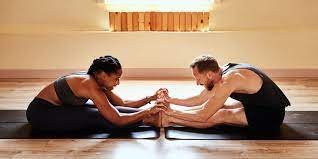
8. One Legged Boat Pose: Sit facing your partner, hold hands, and lift one leg each to press the soles together. The balancing act can be quite amusing.
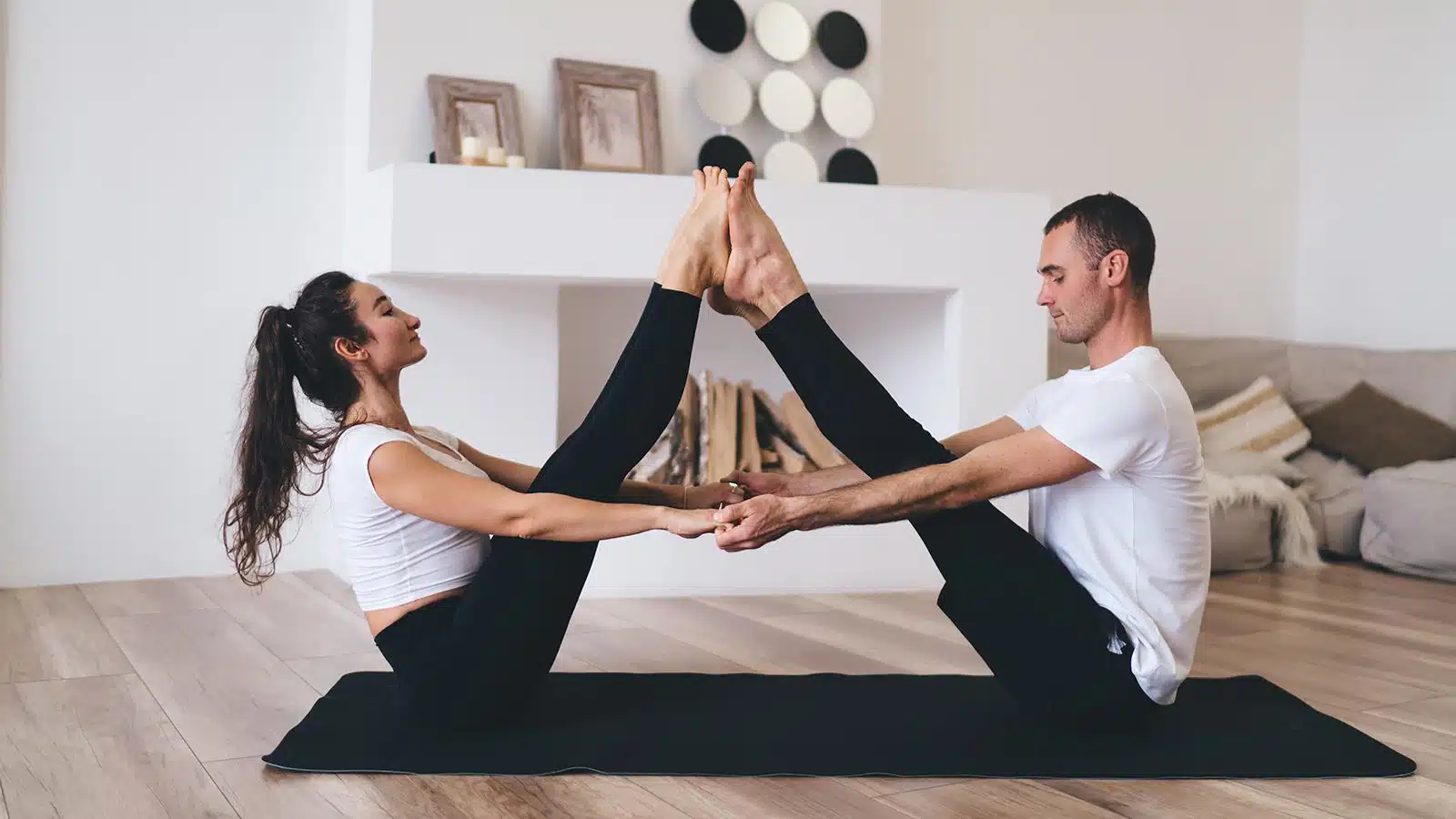
9. Double Boat Pose: Similar to the Partner Boat Pose, but with both legs lifted. This pose requires coordination and can be a source of fun as you try to maintain the position.
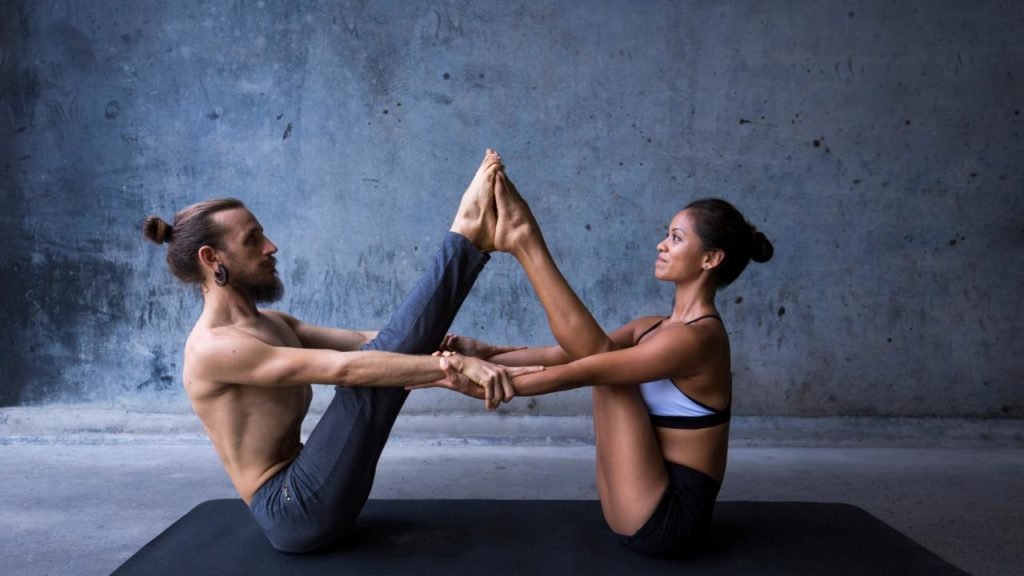
10. Standing Shoulder Stretch: Stand facing your partner and fold forward, placing hands on each other’s backs. Adjusting your distance to find the right stretch can lead to some funny moments.
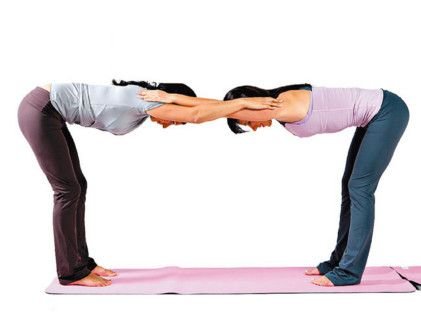
11. Standing Forward Fold: Stand back-to-back with your partner and fold forward, holding each other’s shins. Deepening the stretch without losing balance can be an entertaining challenge.
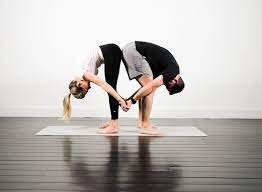
12. Supported Backbend: Face your partner, hold forearms, and lean back into a backbend. The support and trust required can lead to laughter as you find your balance.
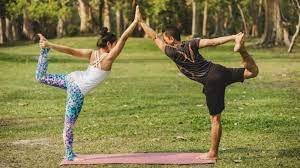
13. Double Dancer Pose: Face your partner, hold hands, and lift one leg behind you. Maintaining balance and coordination in this pose can be quite amusing.
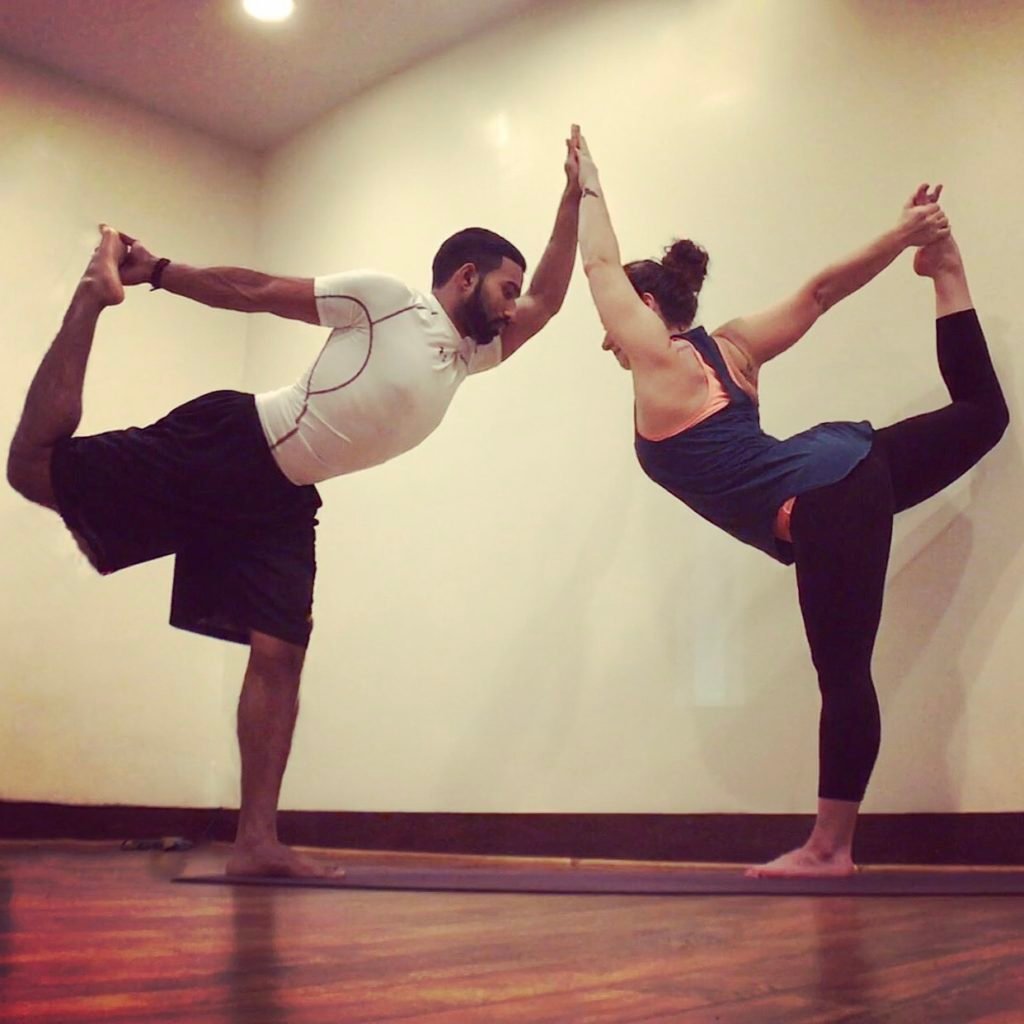
14. Double Plank Pose: One partner holds a plank position while the other balances on top, creating a challenging and fun dynamic.
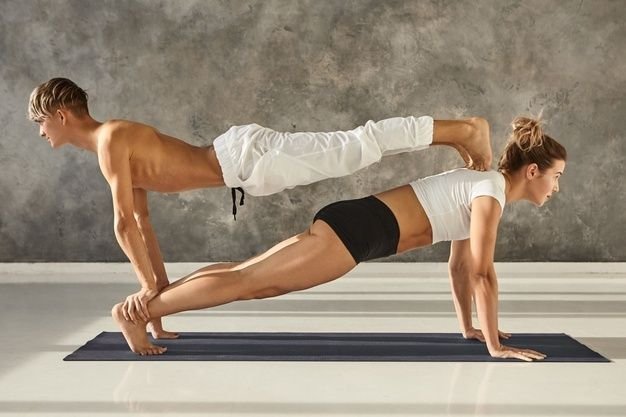
15. Downward Dog Bow Pose: One partner performs a downward dog while the other arches over them in a bow pose. The combination of poses can be entertaining as you work together to achieve the position .
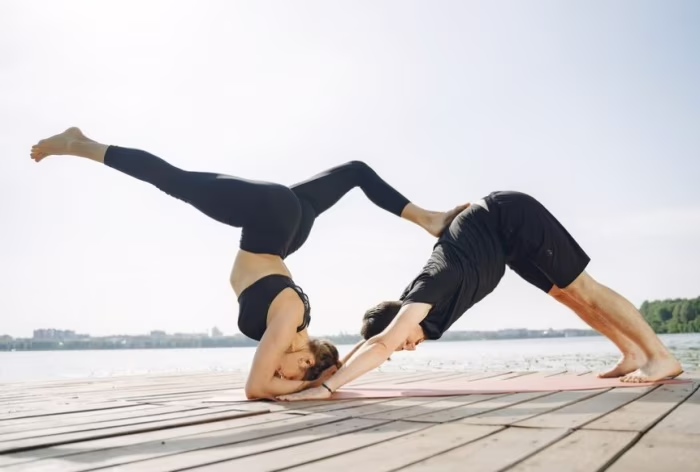
Remember, while these poses can be fun, always prioritize safety and communication with your partner.
Safety Tips for Acro Yoga: A Guide to Mindful Practice
Acro Yoga, a dynamic practice that combines elements of yoga, acrobatics, and healing arts, offers numerous benefits for practitioners. However, like any physical activity, it comes with inherent risks.
To ensure a safe and enjoyable experience, it’s crucial to follow proper safety guidelines. This comprehensive list of safety tips addresses various aspects of Acro Yoga practice,
incorporating expert advice and best practices.
1. Preparation and Physical Readiness
✔ Warm-Up Thoroughly
- A proper warm-up is essential to prepare your body for the physical demands of Acro Yoga and reduce the risk of injury.
- Start with cardiovascular exercises like jumping jacks or mountain climbers to raise your heart rate.
- Perform dynamic stretches targeting major muscle groups.
- Include partner warm-ups like the Koala Crawl or Backpack.
- Step-Up/Step-Downs to enhance coordination.
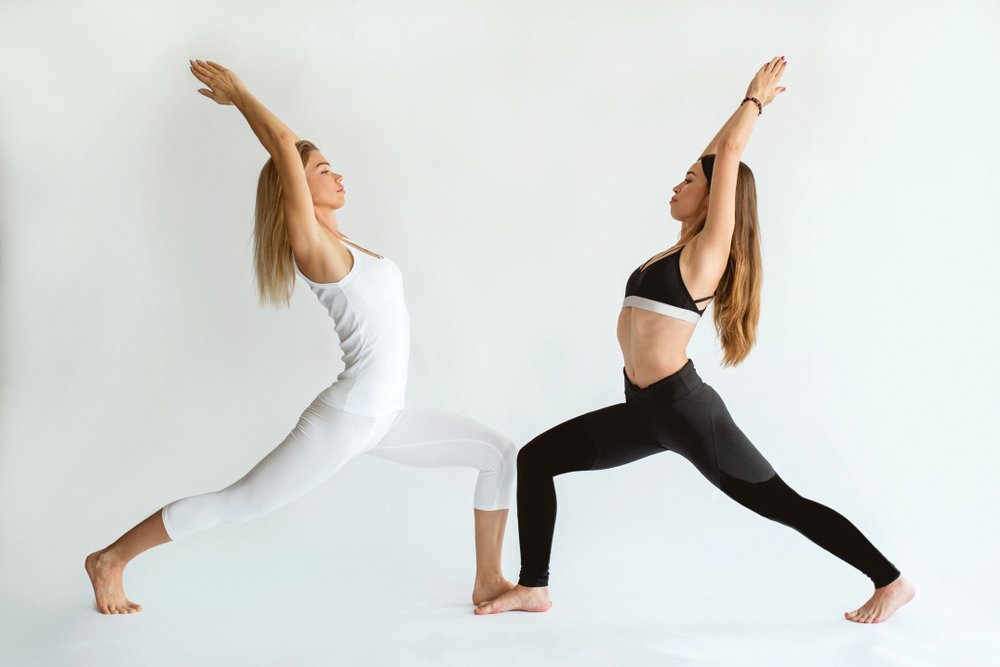
✔ Strength Training
- Building strength is crucial for both the base and the flyer in Acro Yoga.
- Focus on core strength exercises such as planks and hollow body holds.
- Develop upper body strength through push-ups, pull-ups, and shoulder presses.
- Enhance lower body strength with squats and deadlifts.
- Incorporate functional training that mimics Acro Yoga movements to improve balance and coordination.

✔ Honest Self-Assessment
- Before each practice, perform an honest self-assessment of your physical and emotional readiness.
- Recognize your personal limitations and adjust your practice accordingly.
- Be aware of any fatigue or discomfort that could impact your performance.
- Communicate any concerns or limitations to your partner and spotter.
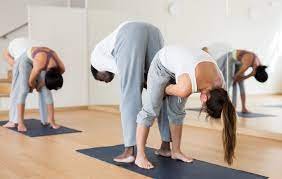
2. Communication and Trust
✔ Establish Clear Communication
- Effective communication is vital in Acro Yoga to ensure all participants understand the poses and transitions.
- Discuss intentions and exit strategies before attempting poses.
- Use clear verbal cues during practice, such as “ready,” “up,” or “down.”
- Develop non-verbal communication methods, like gentle squeezes or taps, for mid-pose adjustments.
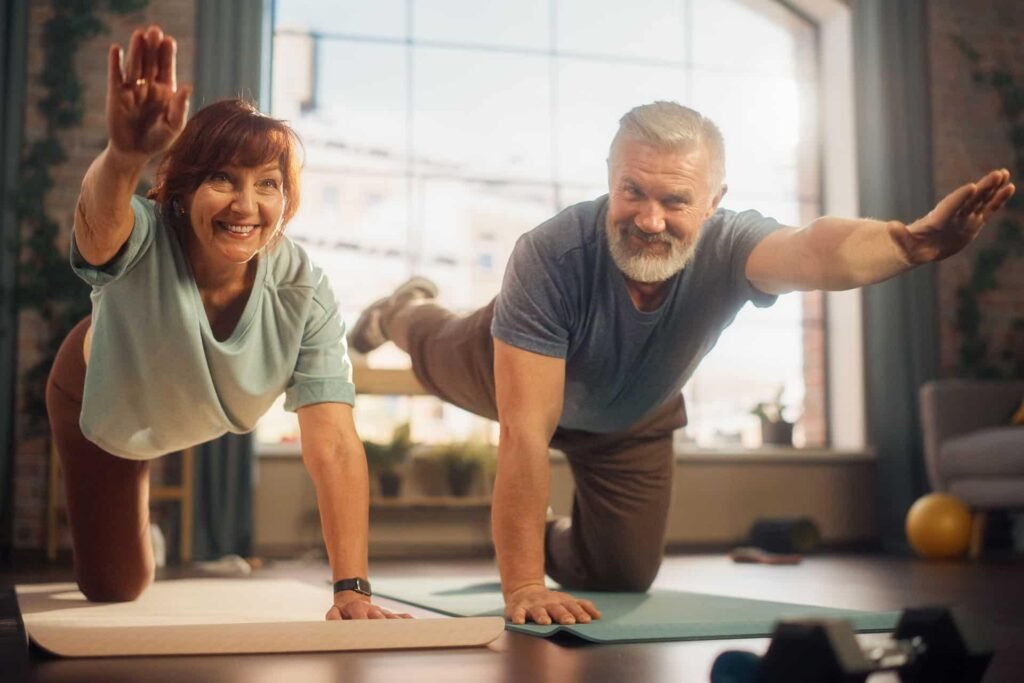
✔ Build Trust Gradually
- Trust between partners is crucial for a safe and enjoyable practice.
- Start with simple poses and gradually progress to more complex ones as trust builds.
- Practice regularly with the same partner to develop a strong connection.
- Engage in trust-building exercises, such as blindfolded poses or supported balances.
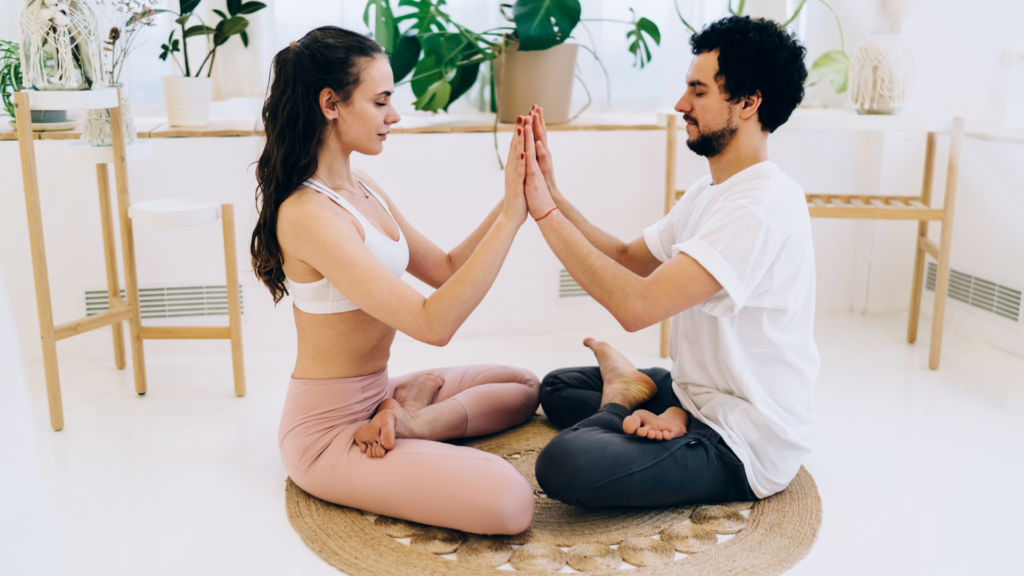
3. Role of Spotters
✔ Active Spotting
- Spotters play a critical role in maintaining safety during Acro Yoga practice.
- Ensure a spotter is present for all elevated poses, especially when learning new skills.
- Spotters should be familiar with the poses being attempted and ready to intervene if necessary.
- Practice clear communication between the base, flyer, and spotter.
✔ Spotter Responsibilities
- Spotters should be well-trained and attentive to perform their role effectively.
- Be prepared to catch or soften the landing of a flyer if they fall.
- Help maintain balance and provide feedback on form and alignment.
- Facilitate communication between the base and flyer.
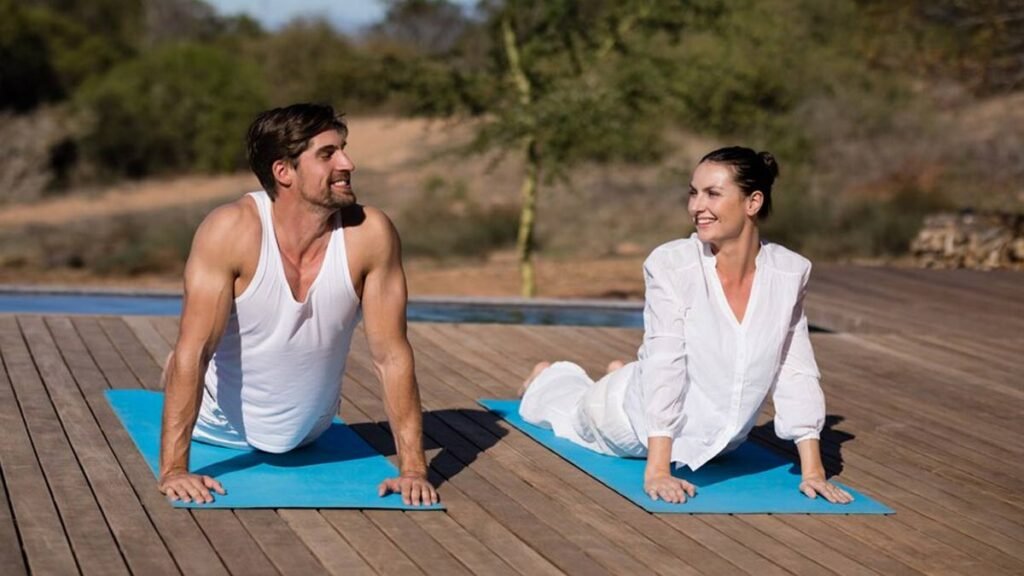
4. Environment and Equipment
✔ Safe Practice Area
- Create a safe environment for your Acro Yoga practice.
- Choose a spacious area free from obstacles.
- Practice on appropriate surfaces like yoga mats or padded floors to minimize impact.
- When practicing outdoors, carefully inspect the ground for potential hazards.
✔ Proper Attire
- Wear suitable clothing that allows for freedom of movement and doesn’t hinder your partner’s grip.
- Avoid loose clothing that could get tangled during poses.
- Remove jewelry or accessories that could cause injury.
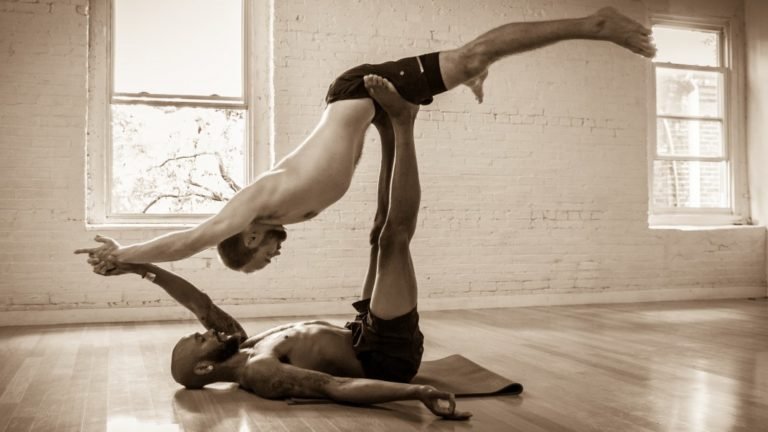
5. Pose Execution and Progression
✔ Start with Basics
- Begin with foundational poses and gradually progress to more advanced ones.
- Master poses like Fish on a Leaf before attempting more challenging poses like Plank Press or Jedi Plank.
- Practice transitions between poses to build fluidity and confidence.
✔ Alignment and Technique
- Pay close attention to proper alignment and technique in all poses.
- Focus on maintaining a neutral spine and engaging core muscles.
- Ensure proper hand and foot placement to prevent slips or falls.
- Listen to your body and avoid pushing beyond your limits.
✔ Exit Strategy
- Always have a clear exit strategy for each pose.
- Practice safe dismounts and landings.
- Communicate with your partner before ending a pose.
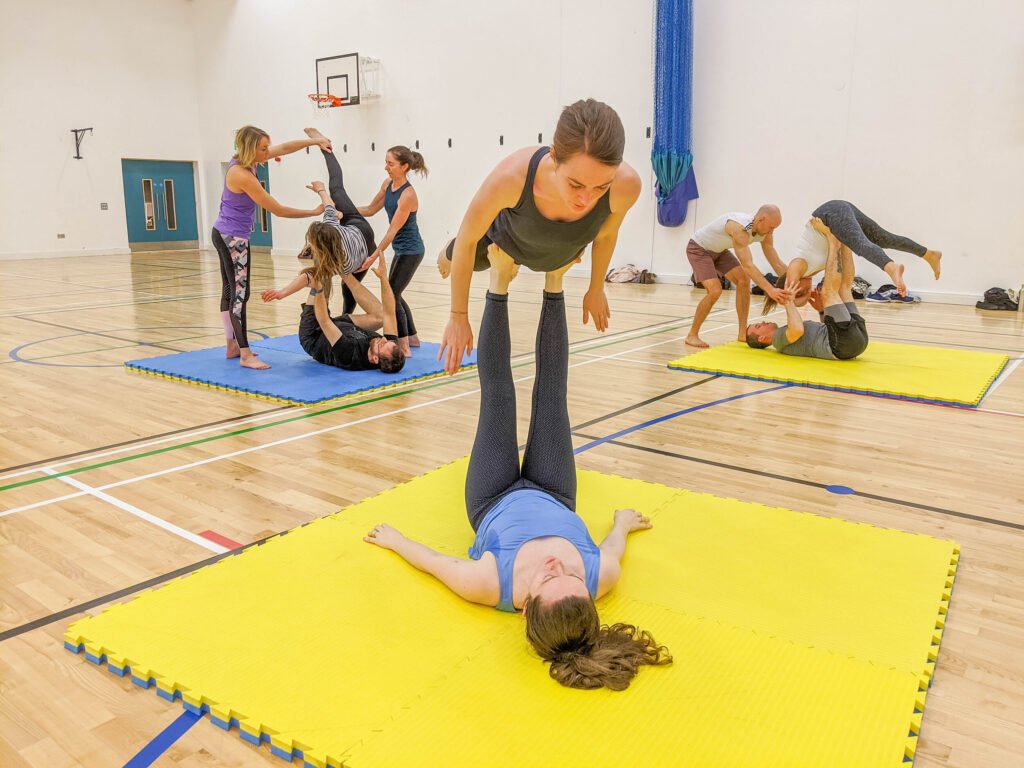
6. Post-Practice Care
✔ Cool-Down Routine
- Implement a proper cool-down routine after each Acro Yoga session.
- Gradually lower your heart rate with gentle exercises like walking.
- Perform static stretches, holding each for 10 to 30 seconds.
- Use this time for reflection and setting goals for future practice.
✔ Recovery
- Allow adequate time for recovery between practice sessions.
- Listen to your body and rest when needed.
- Incorporate restorative yoga or gentle stretching on rest days.
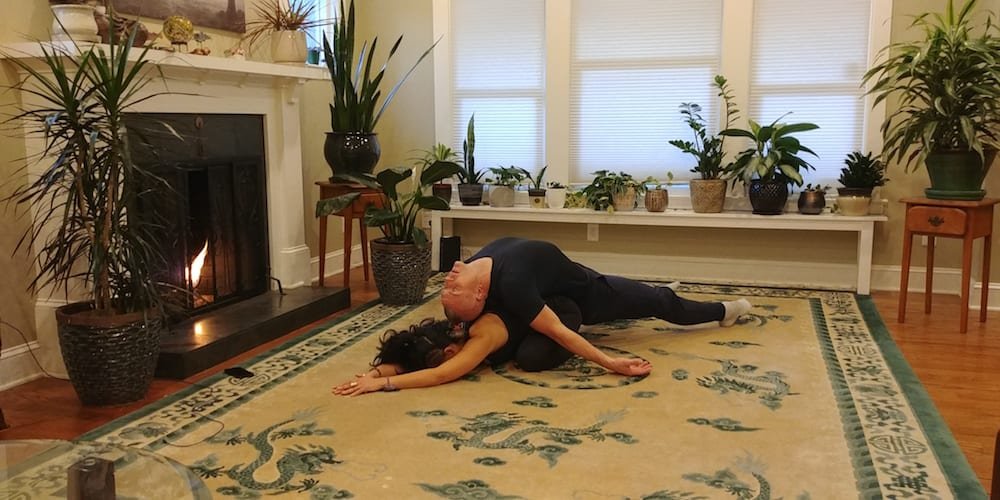
The Growing Popularity of Partner Yoga
Partner yoga has seen a significant rise in popularity in recent years. With more than 36 million Americans participating in yoga each year, practices like partner yoga are becoming increasingly mainstream. This growing interest can be attributed to several factors:
1. Emphasis on Connection: In an increasingly digital world, partner yoga offers a tangible way to connect with others physically and emotionally.
2. Accessibility: Partner yoga is open to practitioners of all levels, making it an inclusive practice that can be enjoyed by many.
3. Relationship Enhancement: The practice’s ability to improve communication, trust, and intimacy makes it attractive to couples looking to strengthen their relationships.
4. Stress Relief: As stress levels rise in modern society, partner yoga offers a fun and effective way to reduce stress and anxiety.
5. Community Building: Partner yoga classes and workshops provide opportunities for people to meet and connect with others who share similar interests.
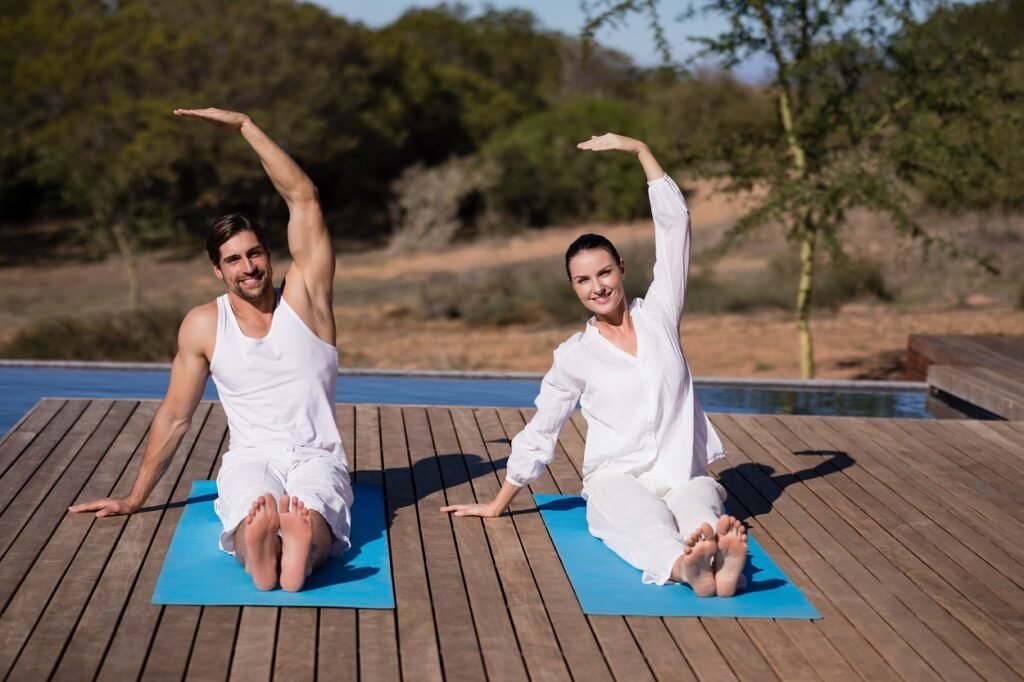
Conclusion
Partner poses yoga offers a unique and enriching approach to yoga practice, combining physical challenge with emotional connection and spiritual growth. By fostering trust, communication, and mutual support, partner yoga not only enhances physical well-being but also strengthens relationships and builds community. Whether you’re looking to deepen your yoga practice, improve your relationships, or simply have fun while staying active, partner yoga has something to offer.
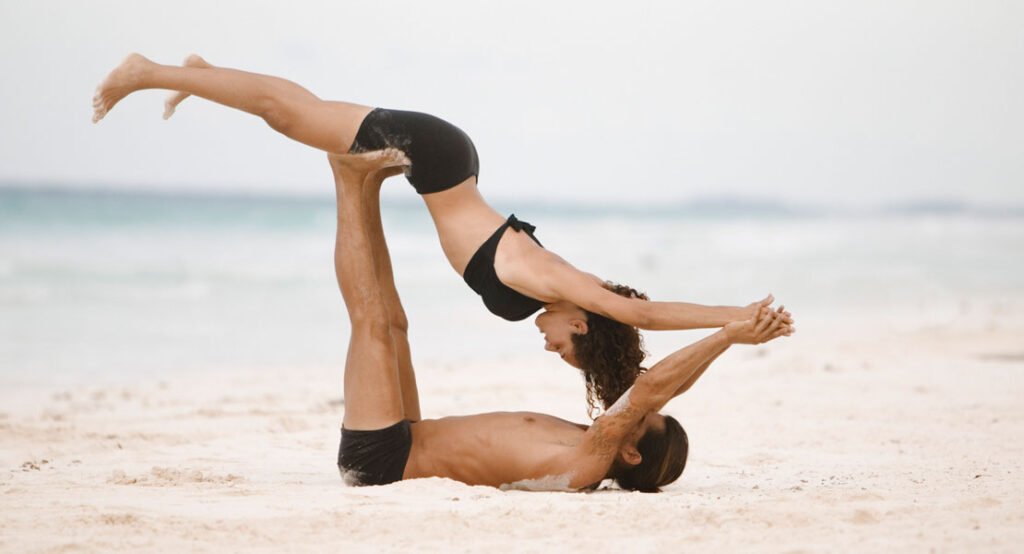
Remember to approach the practice with an open mind, clear communication, and a focus on safety. As you explore the world of partner yoga, you may find that the connections you build on the mat extend far beyond your yoga practice, enriching your life in unexpected ways. So grab a partner, roll out your mats, and embark on the joyful and transformative journey of partner poses yoga. Your body, mind, and relationships will thank you for it.
